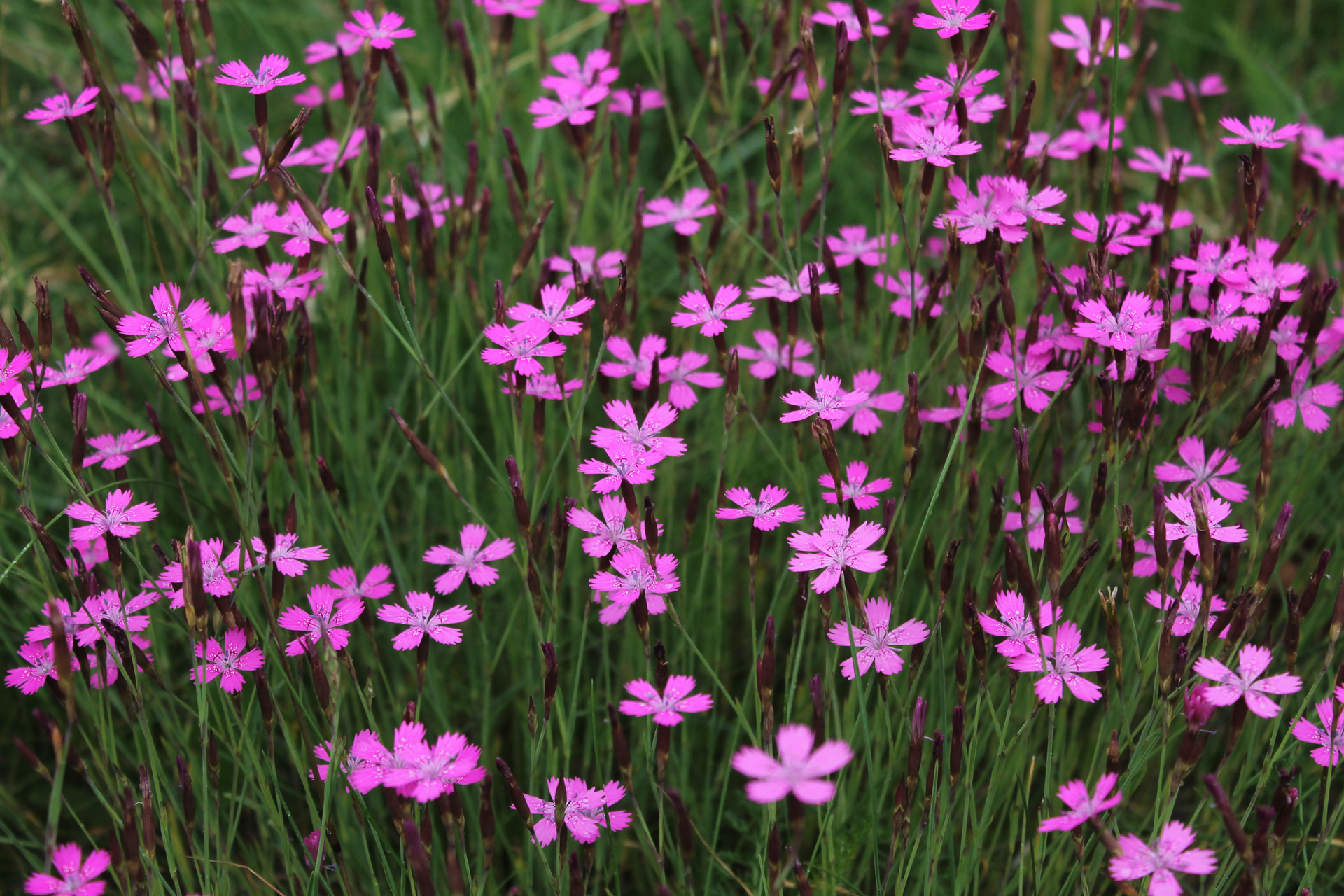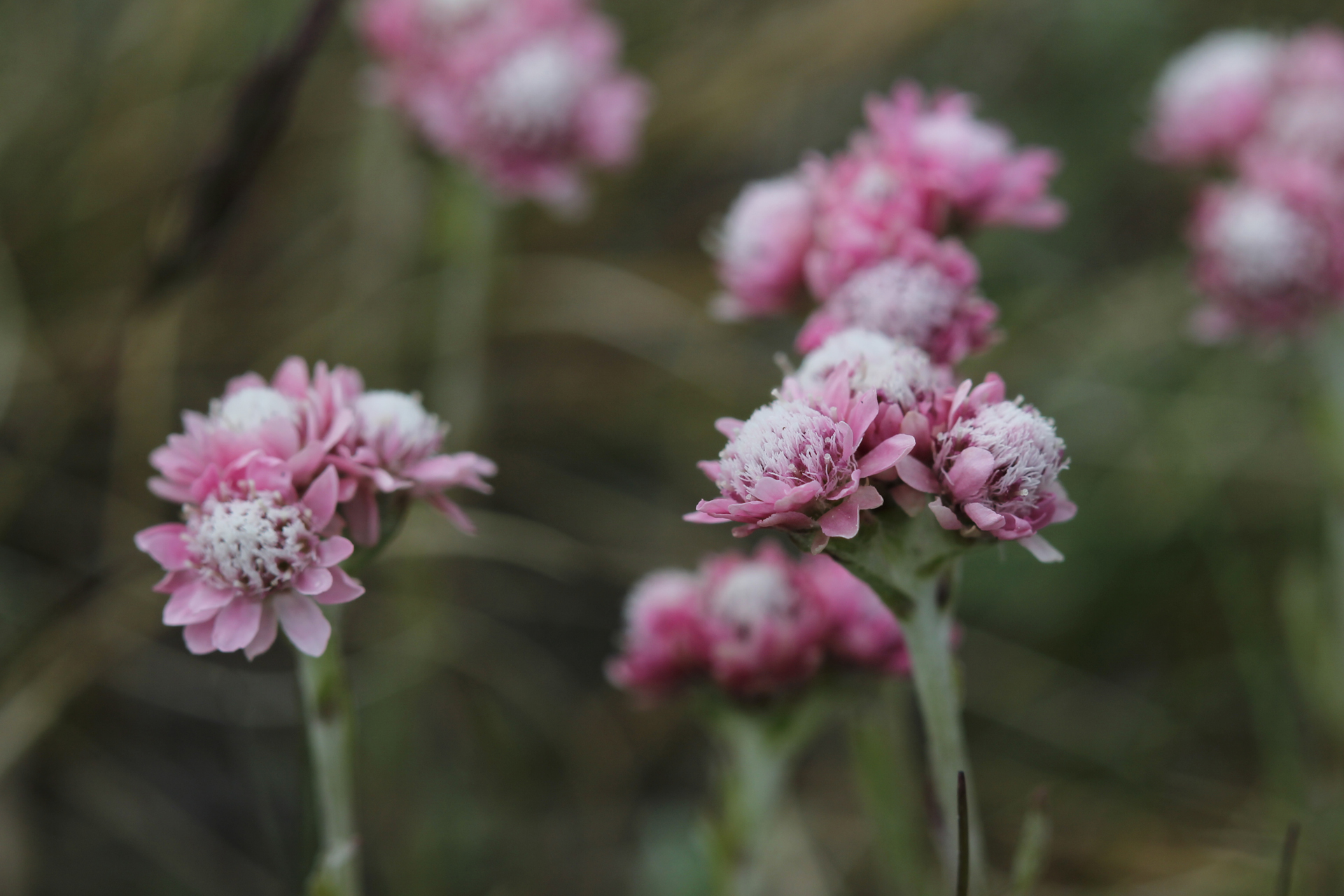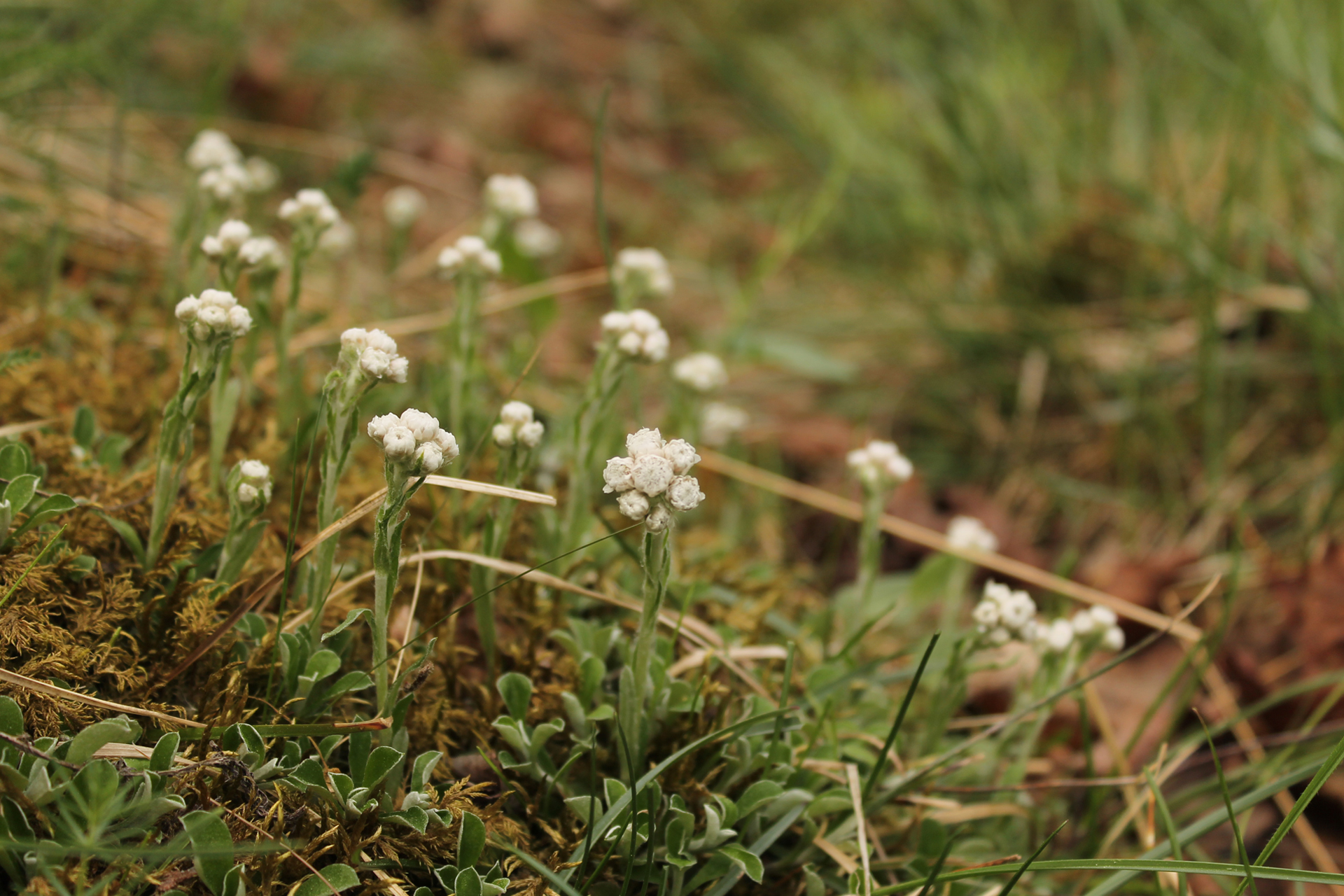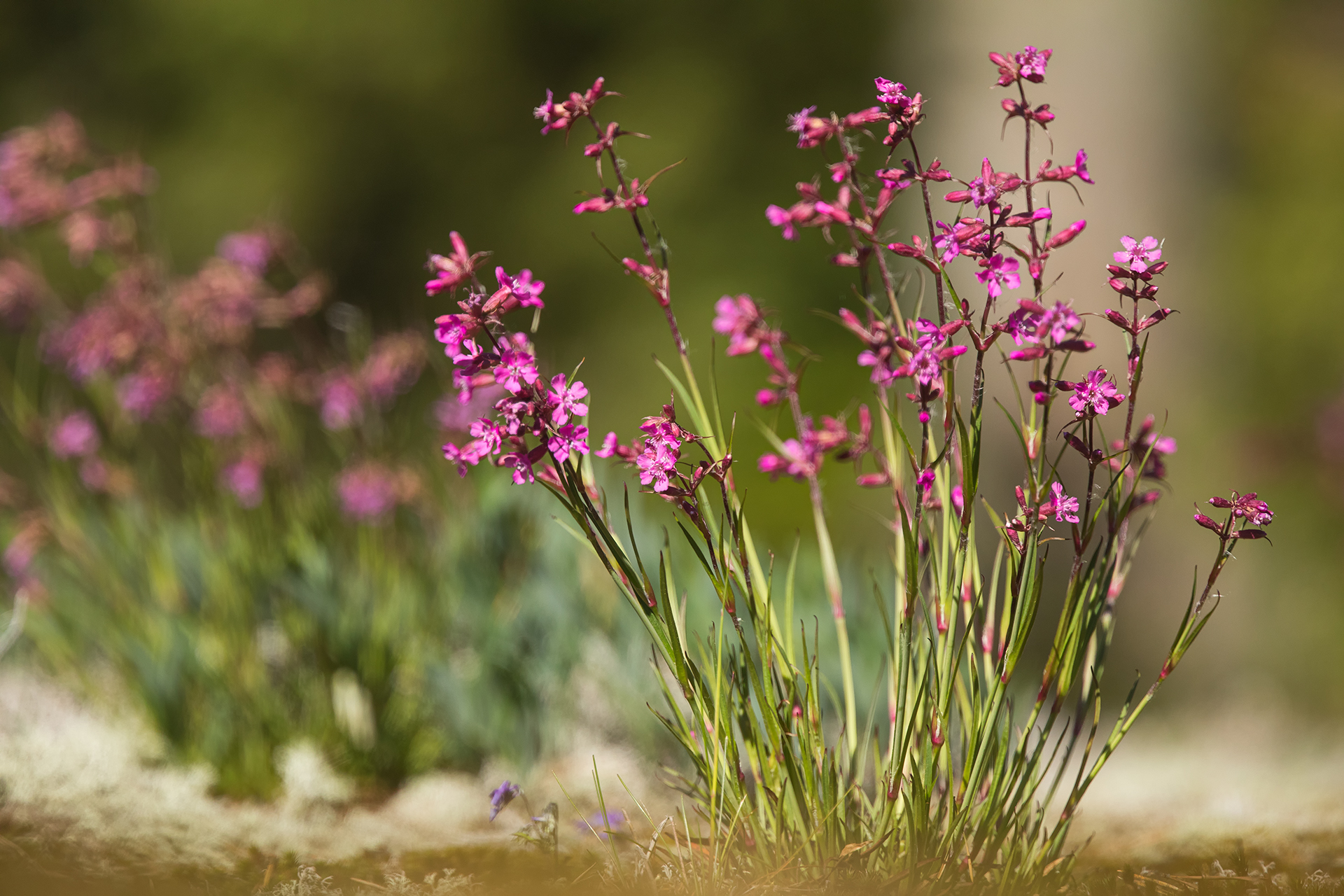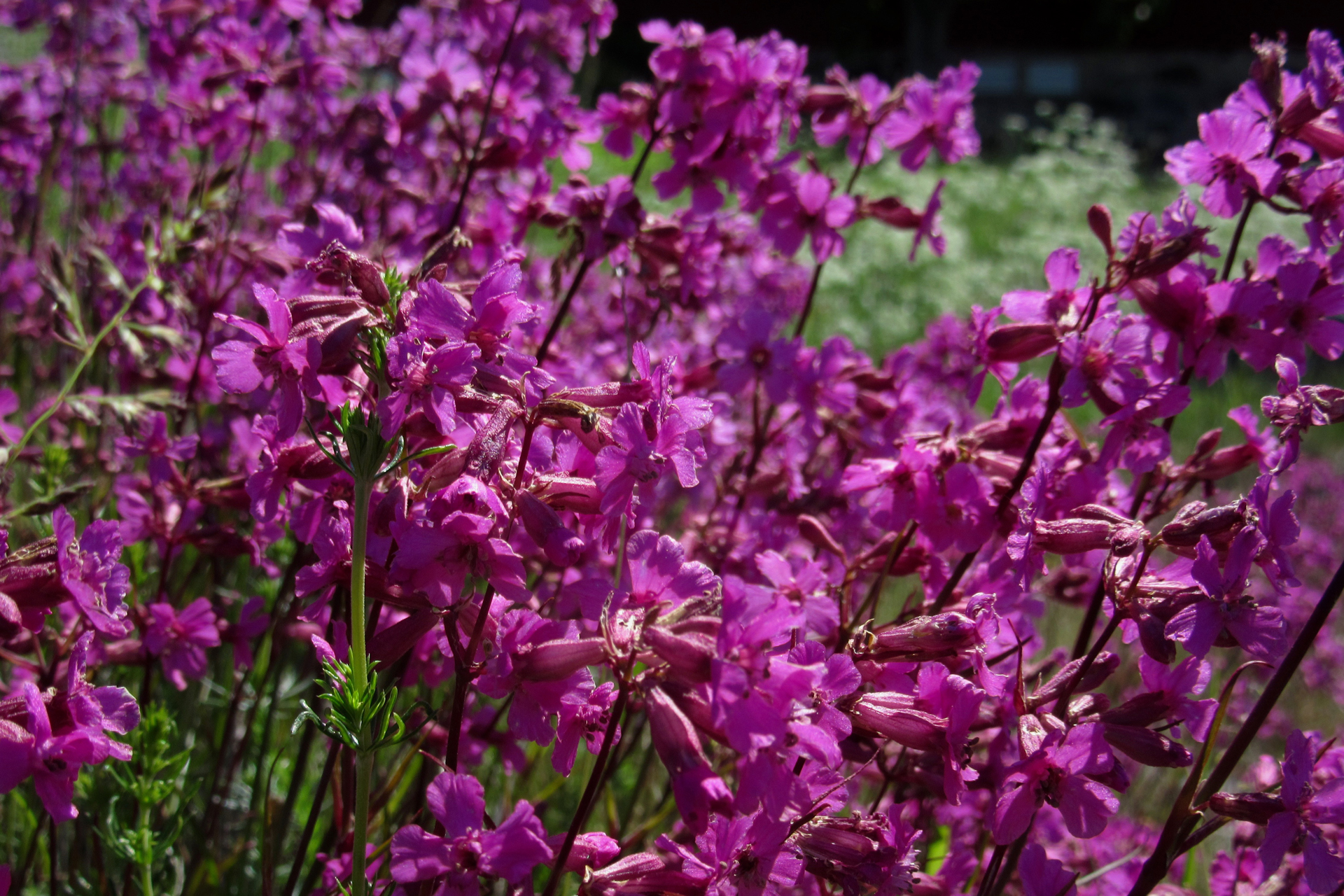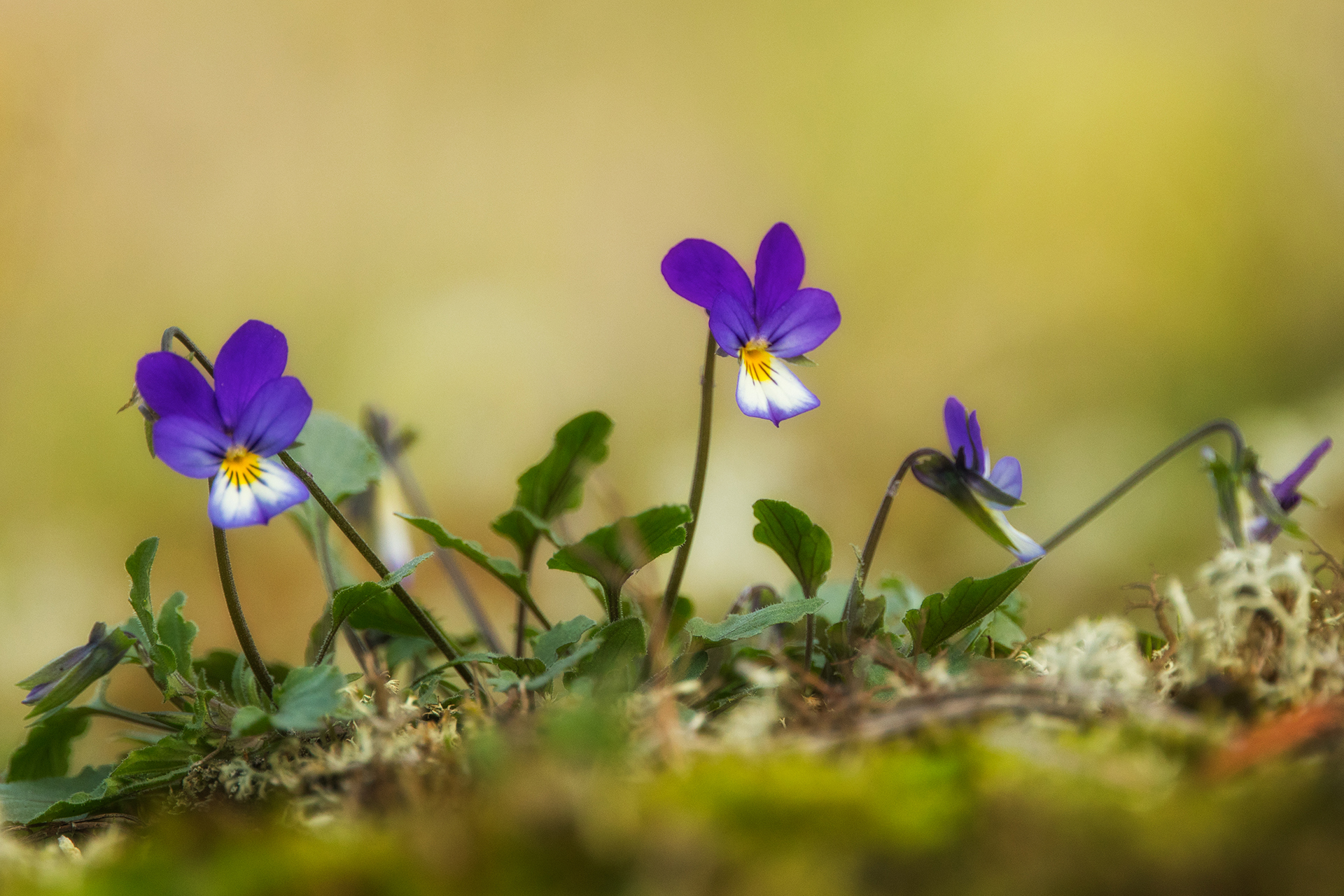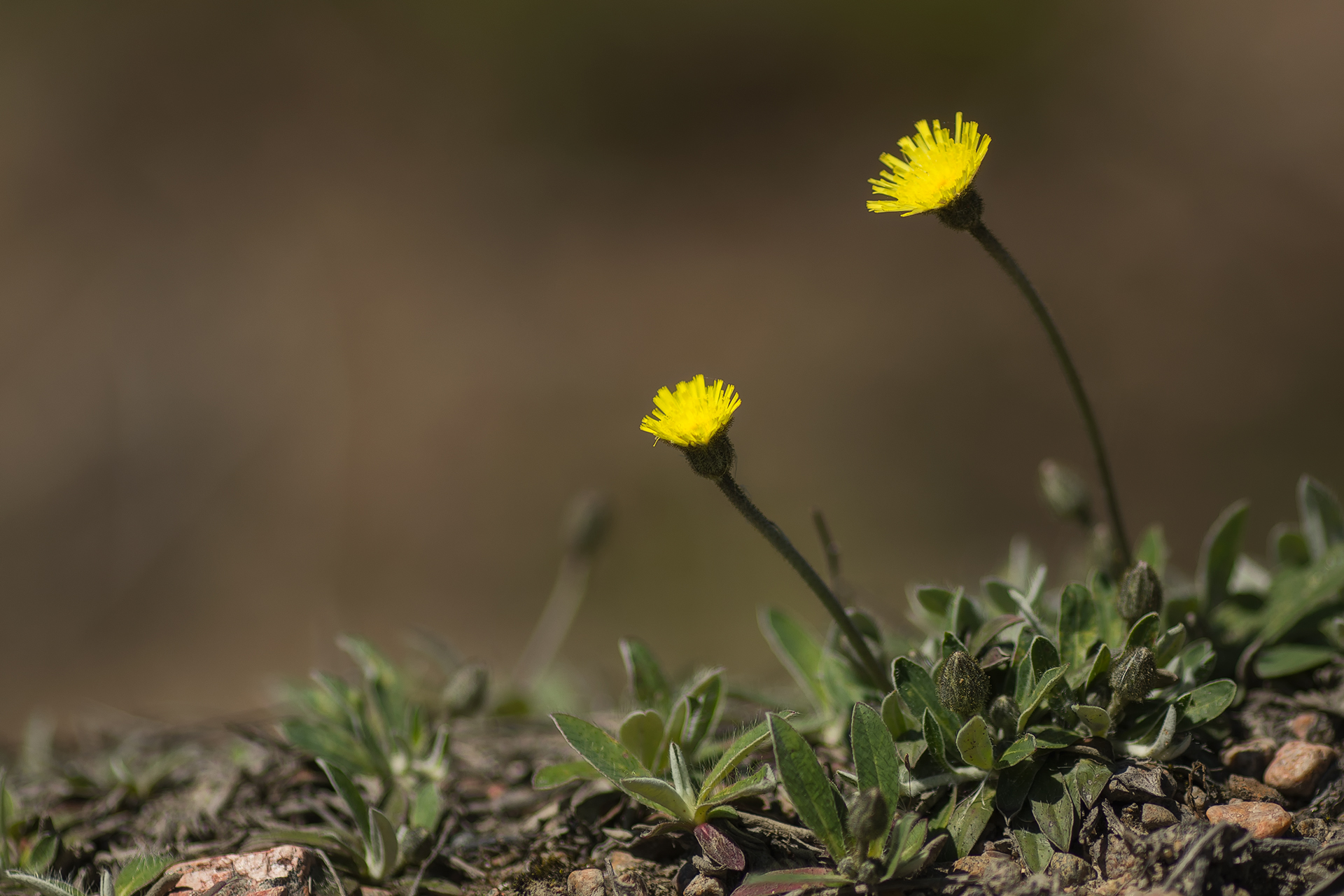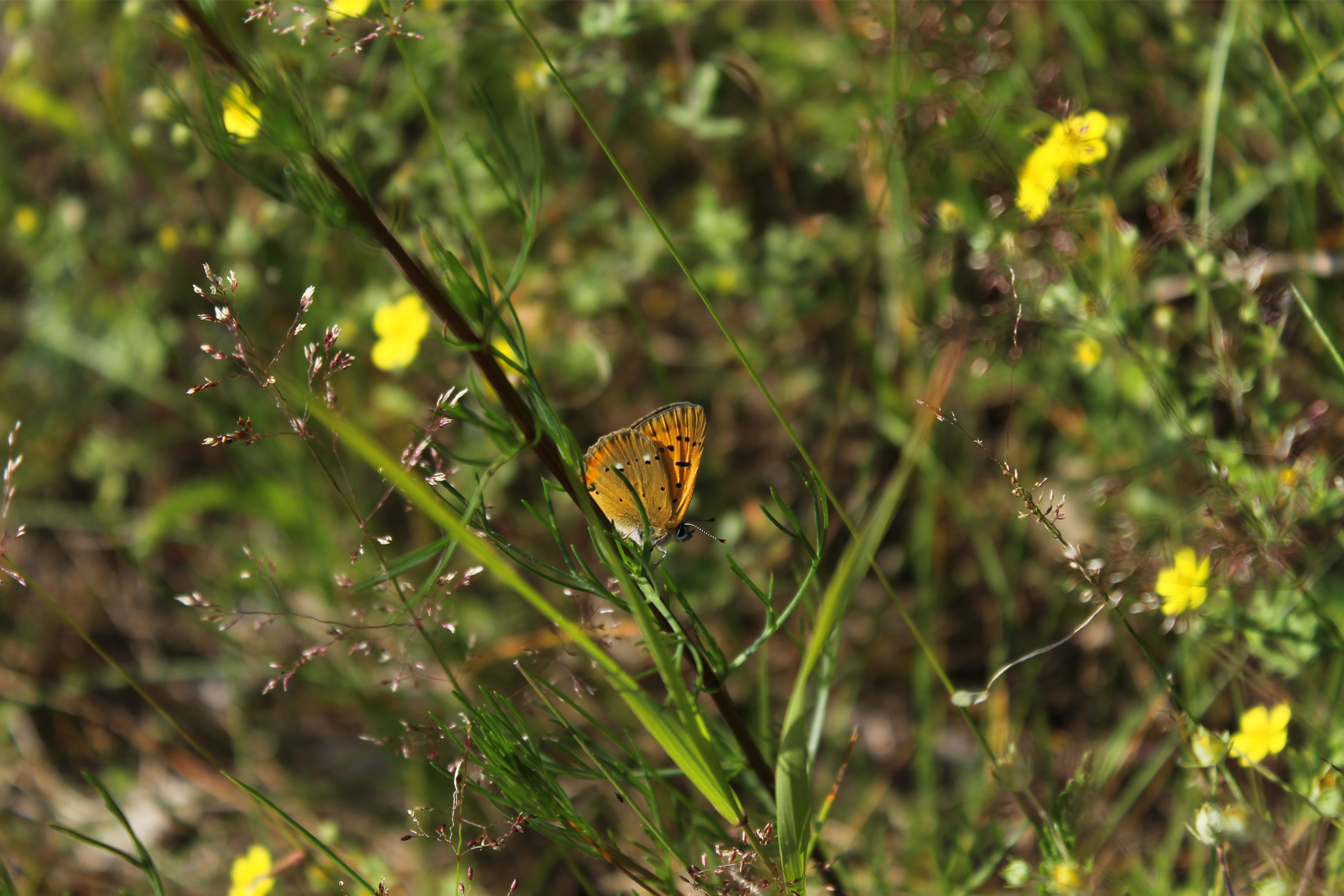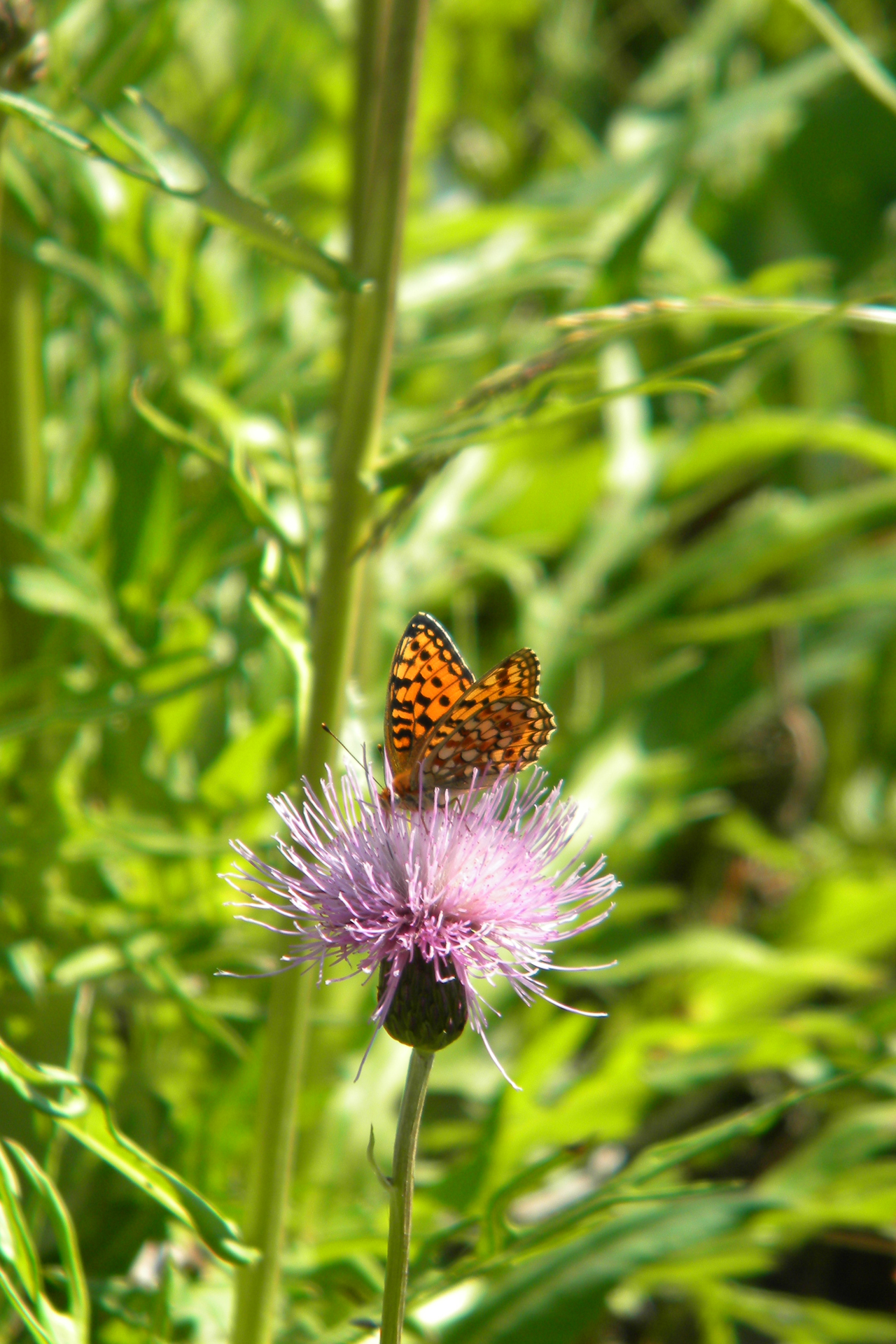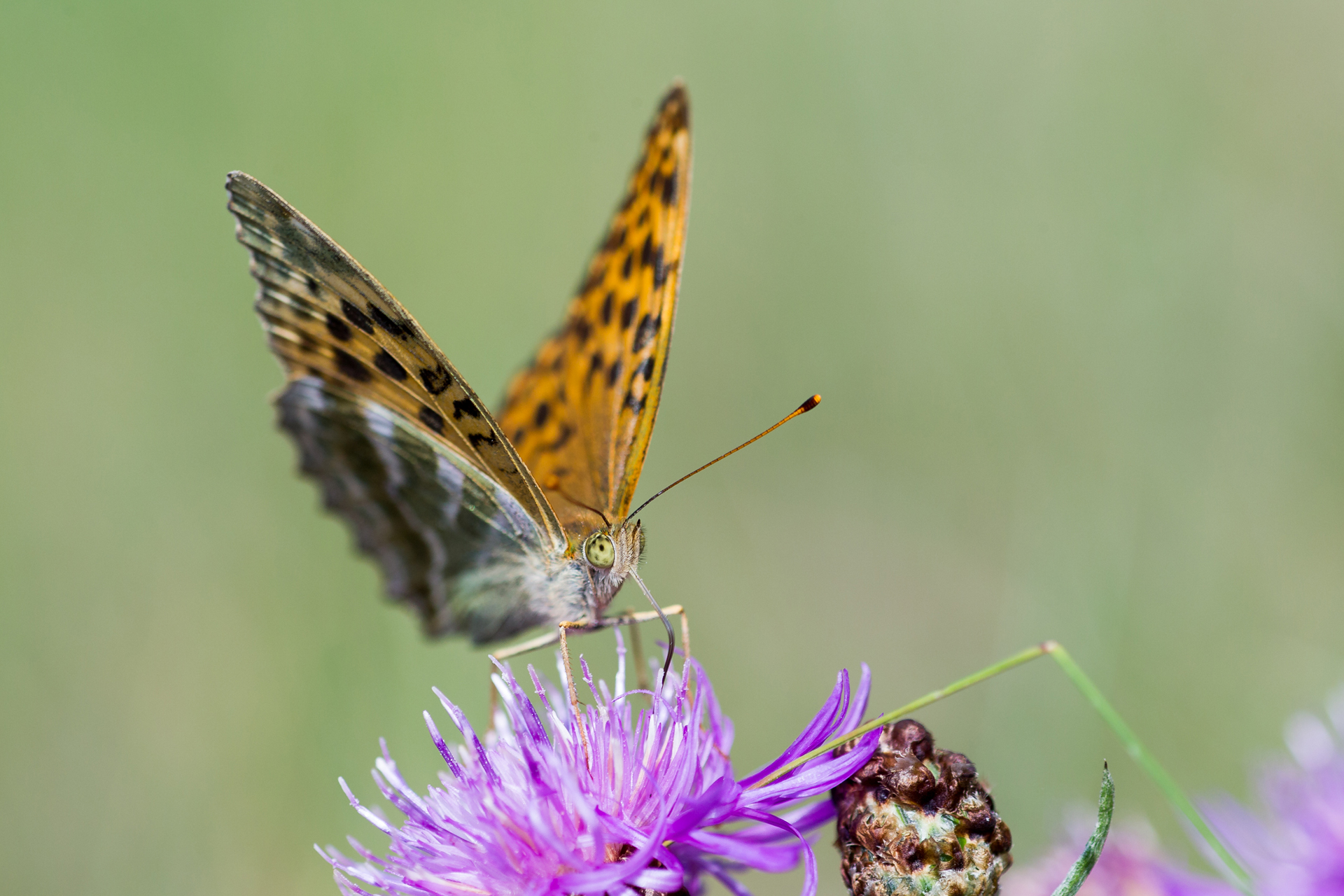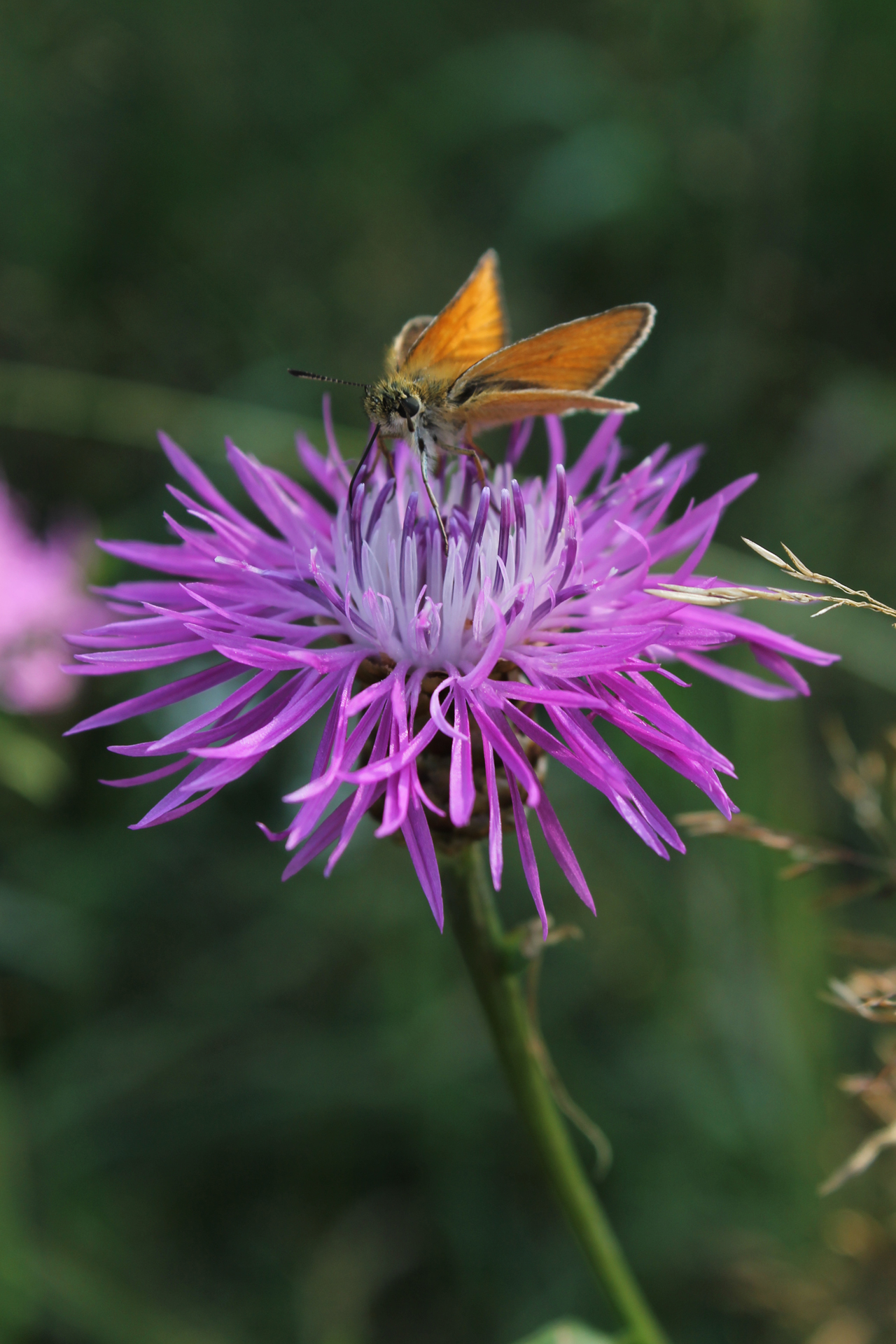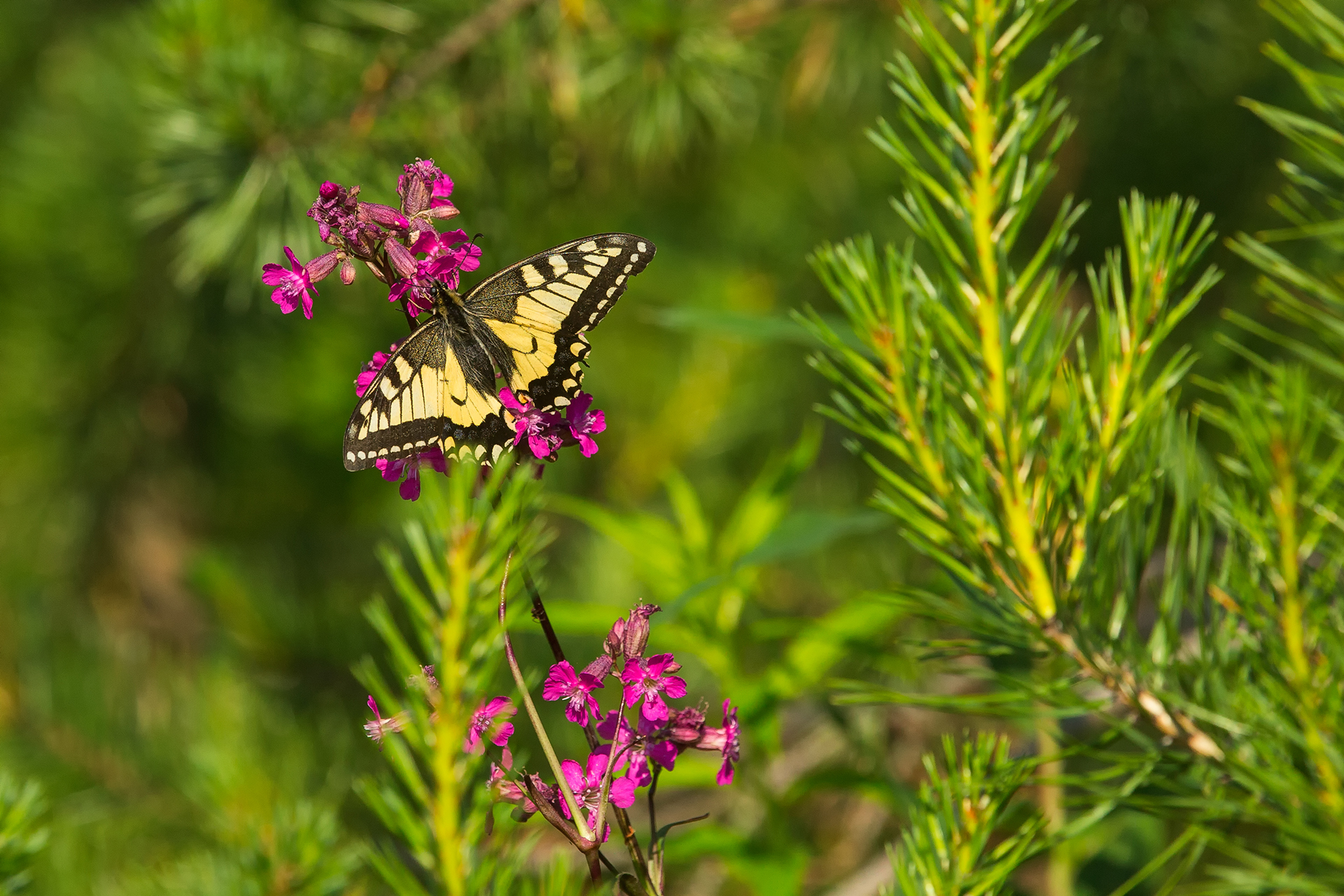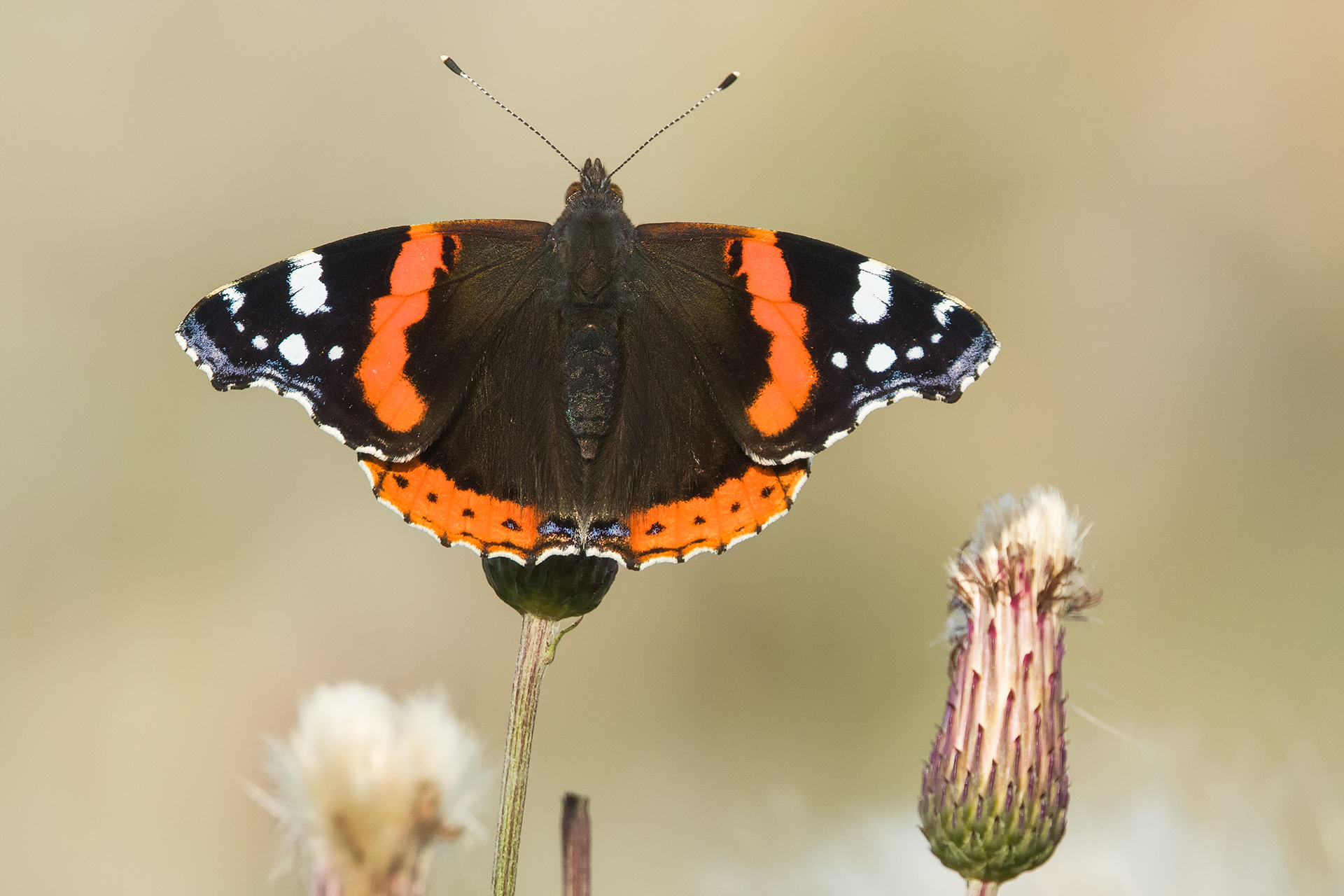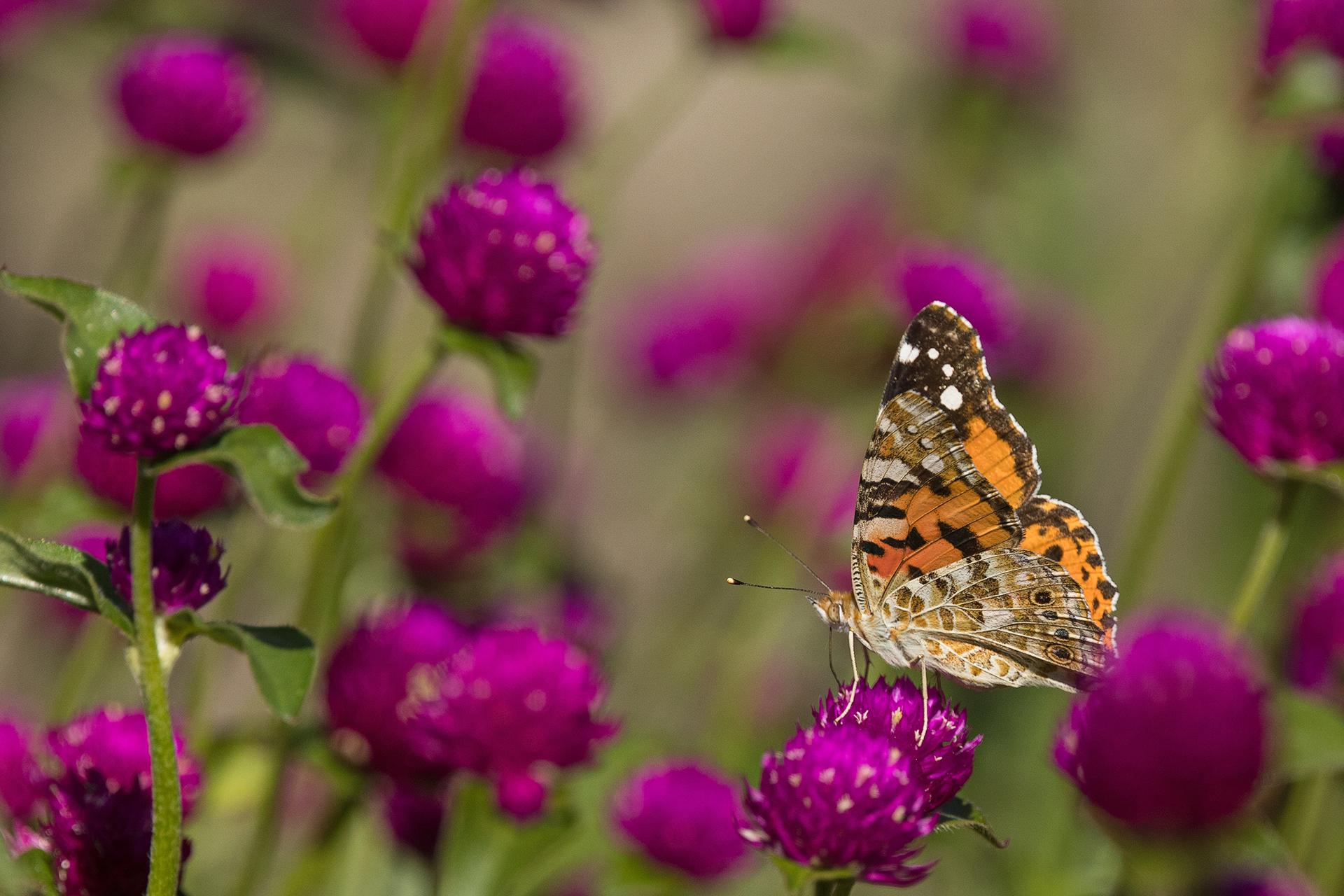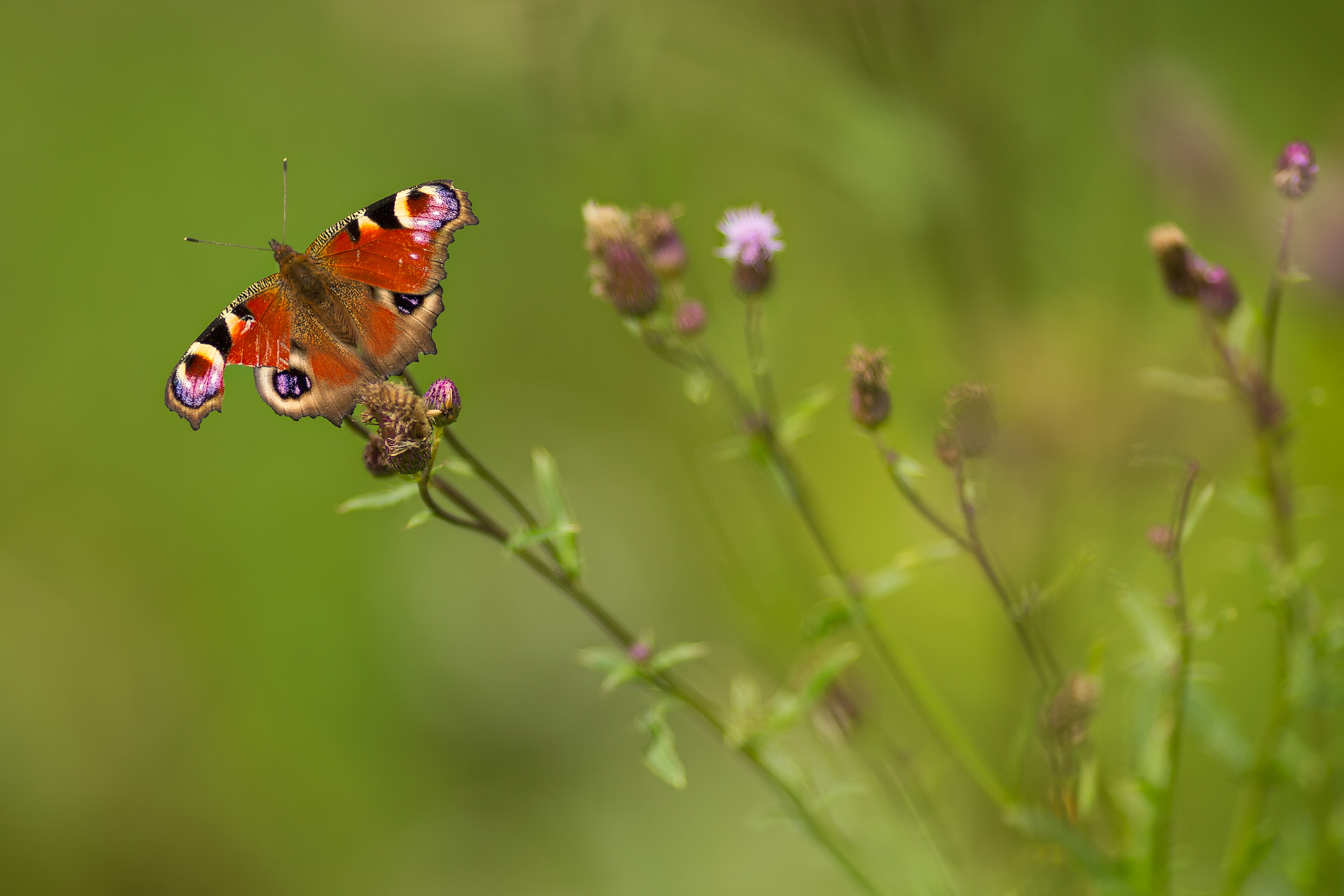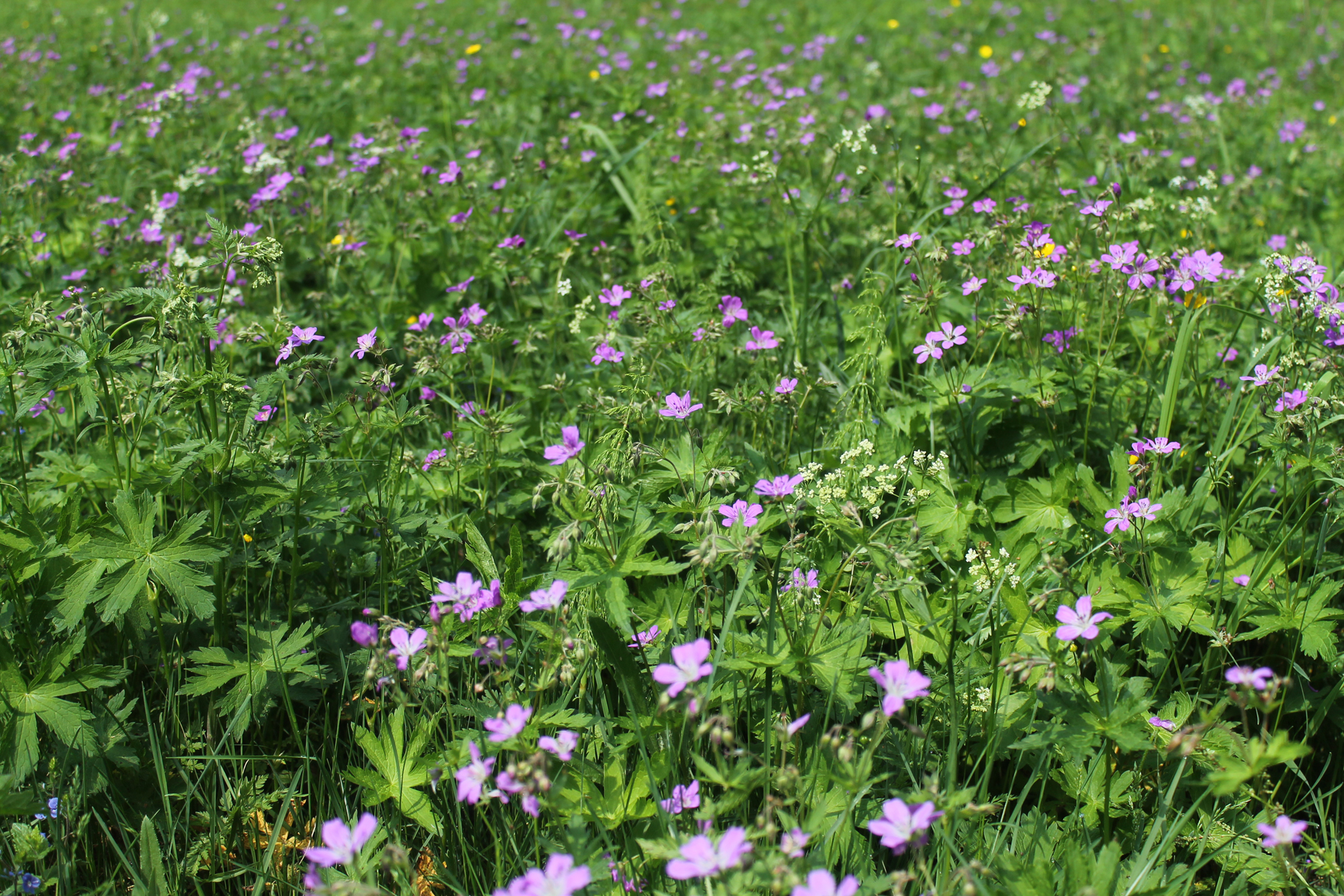Field flowers and butterflies
Many of the blooming plants found in dry meadows, such as maiden pink, mountain everlasting, sticky catchfly, wild pansy and mouse-ear hawkweed, produce beautiful flowers. Although colourful flowers are pleasing to the human eye, for the plants themselves flowers are less about aesthetics more about reproduction. Flowering plants are insect-pollinated. They use their flowers and nectar to attract pollinators – butterflies, beetles, hymenopterans and flies – which diligently fly from flower to flower in fields. While doing so, they also transfer pollen from one plant to the next, which is what the plants are counting on to get their flowers fertilised and producing seeds. These seeds then grow into a new generation of plants.
Butterfly species typically found in meadows include coppers and heliconians. In dry meadows, you can often encounter a variety of other colourful butterflies as well. The spectacular old world swallowtail lives and breeds in Finland. Red admirals and painted ladies, on the other hand, arrive in the spring and lay their eggs on the plants that they feed on. By the end of the summer, a new generation born in Finland will have taken wing. However, red admirals and painted ladies cannot endure the winter, and at least red admirals have been observed engaging in back migration, with the individuals born in Finland heading south in late autumn to escape the cold.
